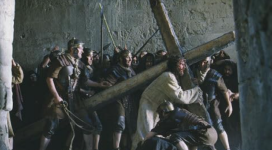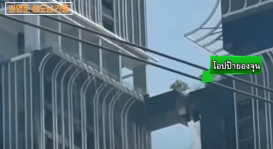
Vatican received 544 reports of suspicious disbursement in 2015, nearly four times higher than the prior year, but the financial watchdog official was quick to interpret it as a result of the "new awareness" of reporting obligation, not as a crime.
"There was better compliance, and that proves the system is working," Rene Bruelhart, head of the Vatican's Financial Intelligence Authority (AIF) that Pope Francis had created following a string of scandals way back before he became pontiff.
"This is not a crime rate, it's a mere compliance of the new system that produced spike in cases," Bruelhart insisted in a news conference.
He said of the figure only 17 were considered serious offences involving money laundering, market manipulation and inside trading, and these were bequeathed to the prosecutor. The questionable expenses were unearthed in last year's investigation of a department that oversees real estate and investments (APSA).
"A very low bar had been set for filing suspicious transaction reports and most of the 544 were routine as these were relating to closing accounts and tax payments, he said.
The AIF had also concluded a review of clients of the Vatican bank, the Institute for Works of Religion that for decades were embroiled in scandals involving Italians who used them for money laundering and tax evasion.
The nightmare is behind us," said AIF director Tommaso Di Ruzza.
With Pope Francis promised of cleaning up Vatican finances and achieved transparency, the AIF has so far done reviewing 4,935 accounts with 15,000 accounts remaining.
While a European watchdog agency Moneyval praised the initiative of the Vatican for financial transparency, it said its prosecutor should be more aggressive in indicting people for financial crime.







